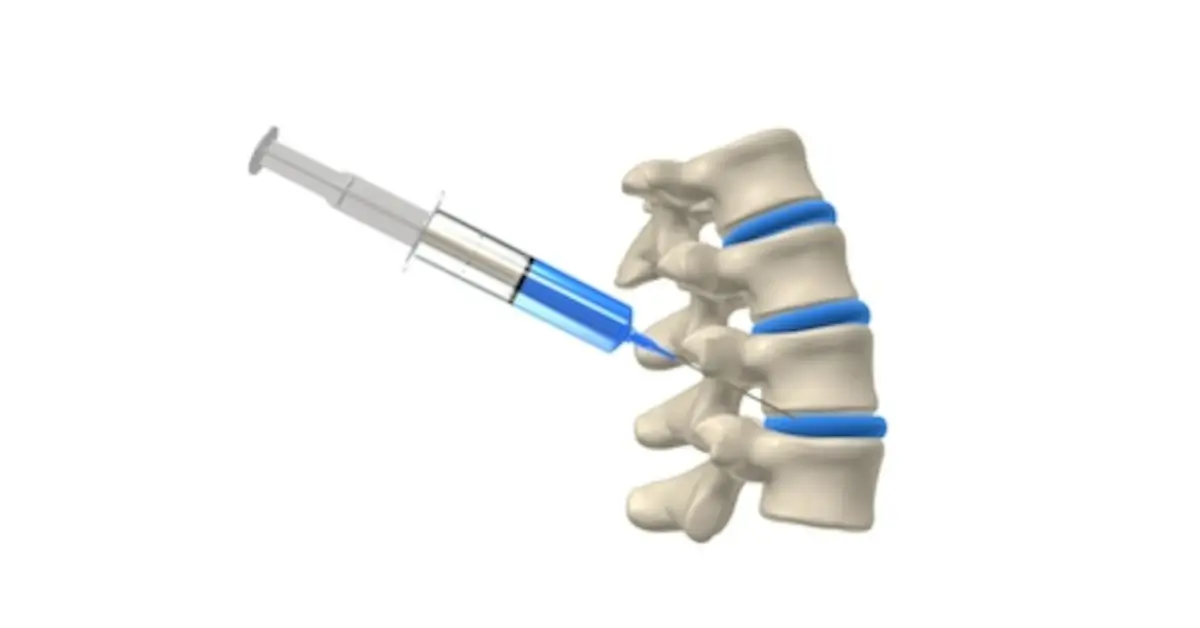A recent study regarding epidural steroid injections was published in the Annals of Internal Medicine in which the researchers, whose primary specialties were not immediately disclosed, performed a systematic review and meta-analysis of epidural corticosteroid injections for radiculopathy and spinal stenosis. The New York Times and U.S. news writers then concluded, “Steroid shots are no better for back pain than a placebo.”
From a pain management perspective, I believe it is important to decipher the recent study to see if it has legs to stand on. Let’s go through the abstract of this study, as published:
Background: Use of epidural corticosteroid injections is increasing.
Purpose: To review evidence on the benefits and harms of epidural corticosteroid injections in adults with radicular low back pain or spinal stenosis of any duration.
Data Sources: Ovid MEDLINE (through May 2015), Cochrane Central Register of Controlled Trials, Cochrane Database of Systematic Reviews, prior systematic reviews, and reference lists.
Study Selection: Randomized trials of epidural corticosteroid injections versus placebo interventions, or that compared epidural injection techniques, corticosteroids, or doses.
Limitations: The review was restricted to English-language studies. Some meta-analyses were based on small numbers of trials (particularly for spinal stenosis), and most trials had methodological shortcomings.
Conclusion: Epidural corticosteroid injections for radiculopathy were associated with immediate reductions in pain and function. However, benefits were small and not sustained, and there was no effect on long-term surgery risk. Limited evidence suggested no effectiveness for spinal stenosis.
From a pain management perspective, I find many limitations regarding this study which may skew the results and thereby, the conclusions. What were the treatment paradigms? What about the inclusion criteria? Who reviewed the MRI findings? (assuming all patients had them). And who did the injections? Why is the number of patients so small?! These are all important questions. Suffice it to say, if a non-optimal patient population is selected for an injection in a study, the results may not be favorable.
Adding insult to injury, the lead author charges, as per the New York Times article, “there was probably some financial motivation for continuing to use the procedure despite the lack of evidence for its effectiveness.” From here, I infer that physicians may be doing these injections because they get paid well. Let’s get to the facts… Medicare pays physicians $82 (before taxes) for an epidural steroid injection, in some states. I’ll let the readers decide if this would qualify as a financial incentive!
Further, are we all expected to jump on the bandwagon saying “injections don’t work” based on studies of pooled data in which even the study authors acknowledge most of the trials had methodological shortcomings and some were based on small numbers of patients?!
As a matter of fact, there are many double blind, controlled studies demonstrating the efficacy of steroid therapies for spinal and radicular pain. It is one of the reasons that board certified specialists look to these injections as one of many treatment modalities. Moreover, these injections are very minimally invasive when compared with surgical intervention and do offer relief from pain for the majority of patients.
This being said, I don’t think many specialists would expect epidural steroid injections alone to have a significant long-term impact for lumbar radiculopathy, as the natural history of this condition is one of expected improvement over the course of a year. However, what these studies DO show is short-term improvement in pain; improvement that is SUPERIOR to placebo.
By the way, please do not underestimate the power of the placebo when it comes to epidural injections. The sheer volume of an anesthetic or even normal saline can, by itself, provide some subjective relief when placed in a supposed area of inflammation.
As with any study, the time frame of analysis is important. If one evaluates outcome at one year, then the epidural steroid injections may not prove more helpful than placebo. Essentially, however, NO TREATMENT may prove more helpful than placebo, at one year. Why? Again, the long-term outcome is usually very good regardless.
Consider instead the evaluation of patients who are in severe pain at one month or two months post injection. At that point in time, you may see the benefits that I see. And this is when we, as pain management specialists, have our “window of opportunity”.
I tell my patients all the time, “I am not willing to inject you simply to relieve you of your pain. On the contrary, the goal is that the injection will decrease your pain to a threshold in which you can participate fully in a formal physical therapy program, which is your best bet for full recovery and function moving forward.”
At the Center for Musculoskeletal Disorders, we offer a multidisciplinary approach for the care of our patients. We look at each patient as a single being and utilize a holistic approach for his/her eventual recovery. We perform an exhaustive history and thorough physical exam. We base our treatment approach on the subjective pain of the patient, the limitations put forth, goals and expectations.
Our patients are involved in the decision making process so that non-compliance is a non factor. Instead, we empower our patients. There are many different treatment options for pain and the right patient selection may certainly benefit from a combination of these treatment options, some of which may certainly involve epidural injections. At the Center for Musculoskeletal Disorders, our patients do well, with or without injections. That is our goal and we are proud of it!

